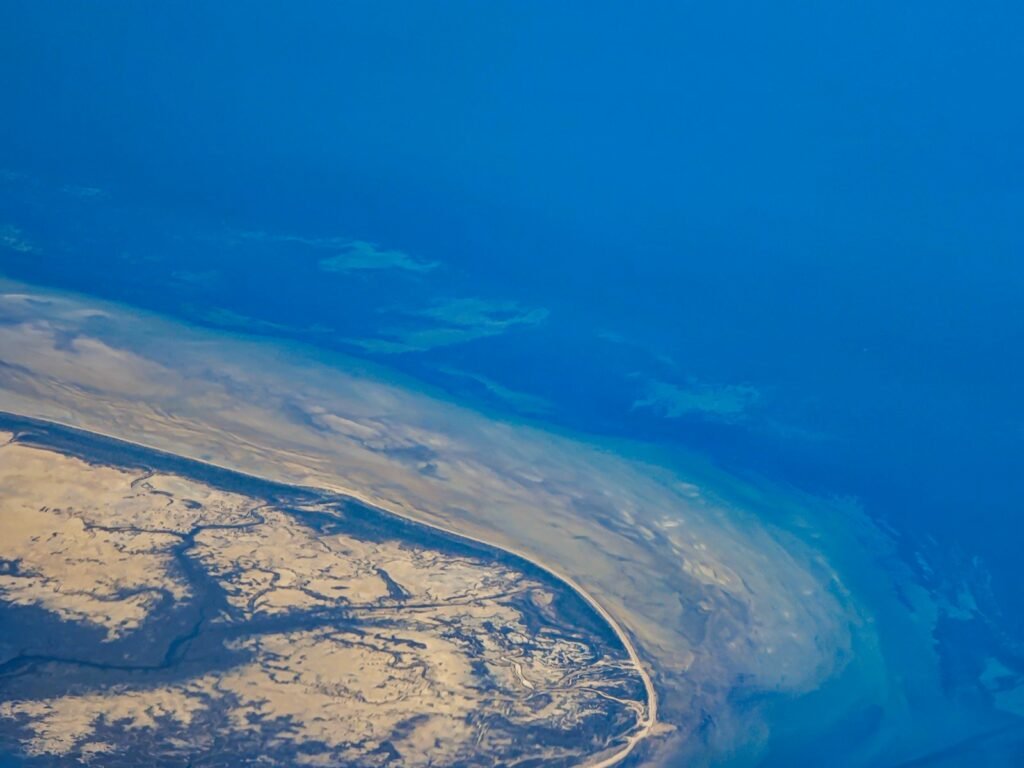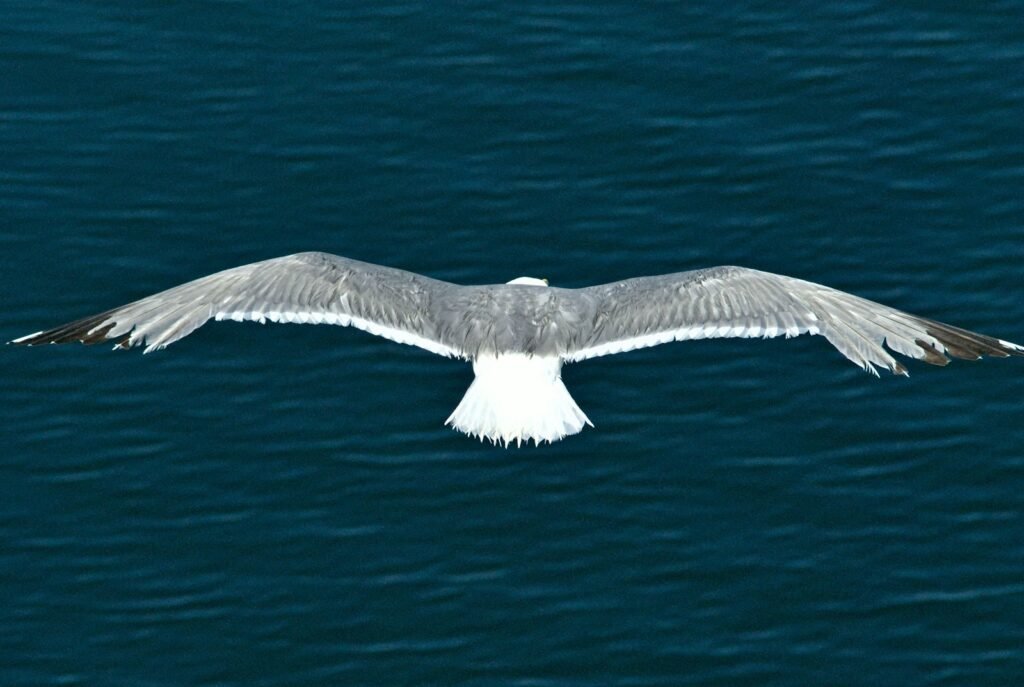Think you know everything about birds? Think again. While you’re sleeping soundly in your bed, millions of feathered travelers are embarking on epic journeys through the darkness above. These tiny athletes are covering thousands of miles, dodging skyscrapers and thunderstorms, all without a GPS or weather app. But here’s the amazing part – scientists have figured out how to watch it all happen in real time, and they’re using artificial intelligence to do it.
The Atlantic Flyway stretches from Canada to South America, serving as nature’s superhighway for countless species. For decades, researchers struggled to understand these nocturnal migrations, but now machine learning is revolutionizing how we track these incredible journeys. Let’s dive into this fascinating world where cutting-edge technology meets ancient animal instincts.
Weather Radars Become Bird Detectors
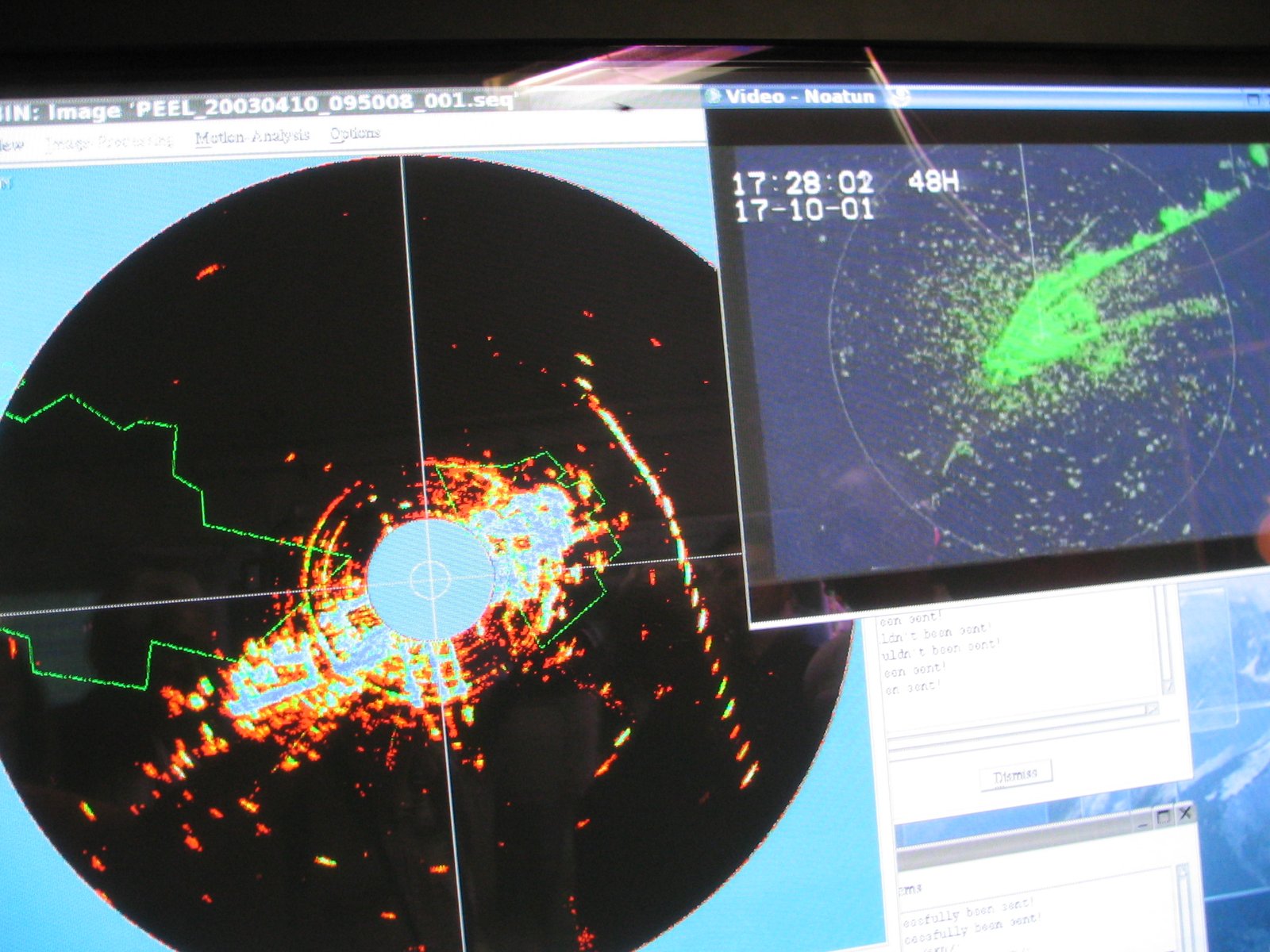
Here’s something wild – a network of 159 weather radars has been online in the U.S. since the mid-’90s, scanning the atmosphere day and night, and while the radar network’s original purpose was to inform meteorologists, the instruments also capture flocks of birds (and even patches of insects) in flight. Scientists essentially hijacked weather technology to spy on bird migrations, and the results are mind-blowing.
The radar systems weren’t designed with birds in mind, but it turns out migrating flocks create distinctive signatures on radar screens. Scientists have inadvertently compiled decades of data on migrating birds through the Next Generation Weather Radar system, which is used to measure weather dynamics and help predict future weather events, but it also picks up signals from birds as they fly through the atmosphere.
The MistNet Revolution
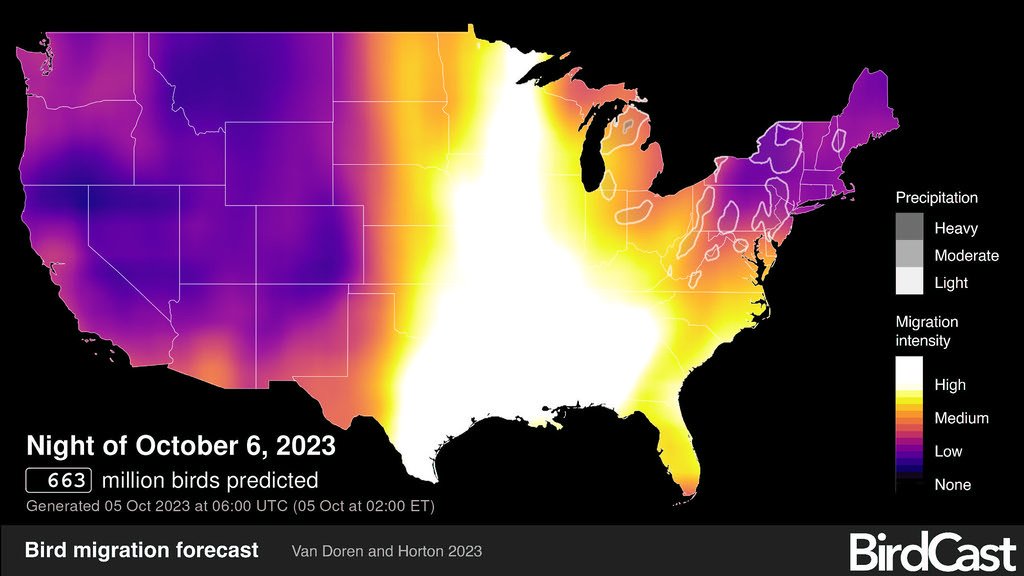
Researchers at the University of Massachusetts, Amherst used transfer learning and a dataset of 200,000 radar images from the National Weather Service to develop a neural network that could differentiate between migrating birds and precipitation. They called this groundbreaking tool MistNet, named after the delicate nets ornithologists use to catch songbirds.
MistNet correctly identifies 95 percent of the birds within a test set of radar images, which is pretty impressive when you consider humans had to manually analyze radar data before this breakthrough. MistNet can “automate the processing of a massive data set that has measured bird migration over the continental U.S. for over two decades,” and the results are excellent compared with humans working by hand.
Deep Learning Tackles Soaring Birds
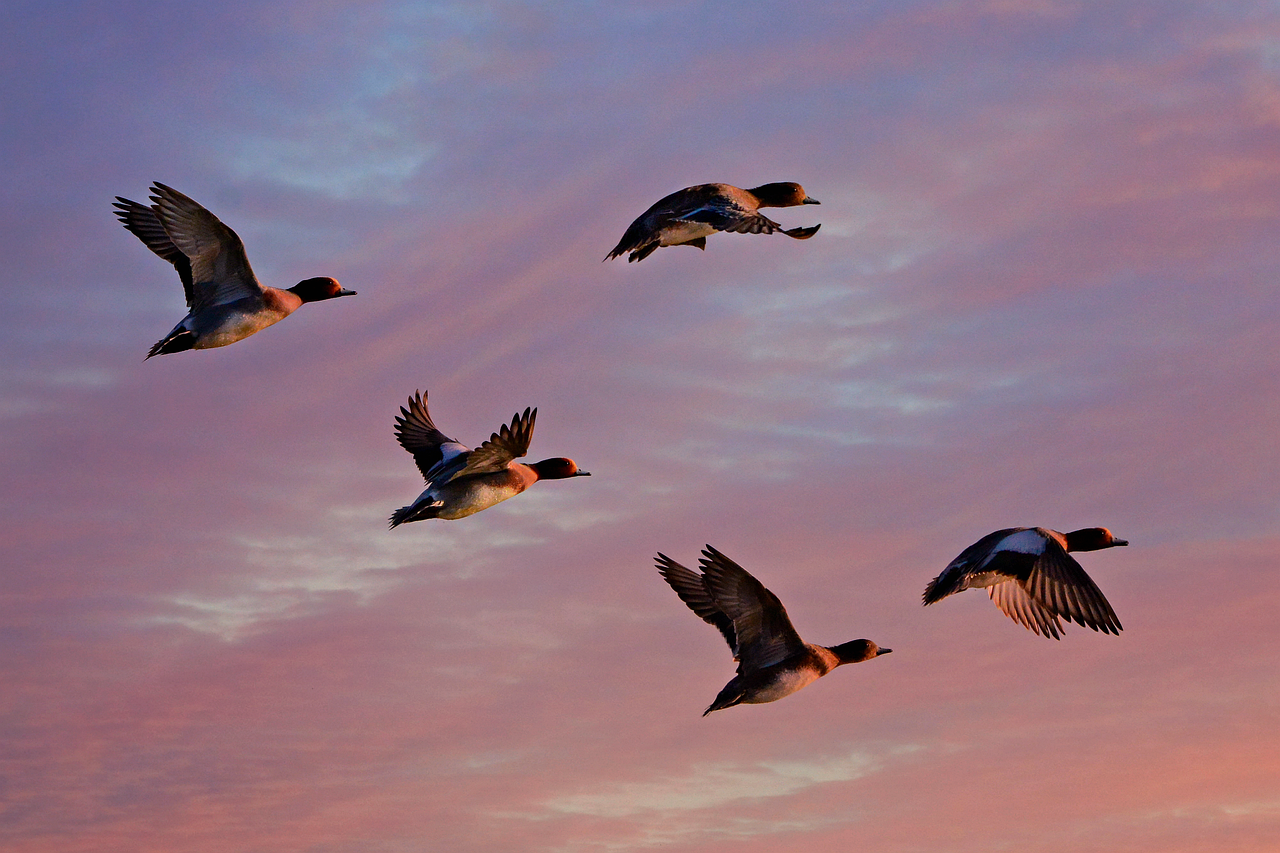
While MistNet worked wonders for general bird migration, soaring birds like hawks and eagles presented a different challenge. Scientists developed the first automatic algorithm for detecting the migration of flocks of soaring birds using a deep learning network for semantic segmentation using U-Net architecture.
The best model includes the radial velocity product and a sequence of two previous images, and it identifies 93% of soaring bird flocks that were tagged by a human on the radar image, with a false discovery of less than 20%. This isn’t just academic curiosity – large birds pose a serious risk for flight safety of civilian and military transportation and therefore the application of this algorithm can substantially reduce bird-strikes.
BirdCast Brings AI Migration to Everyone
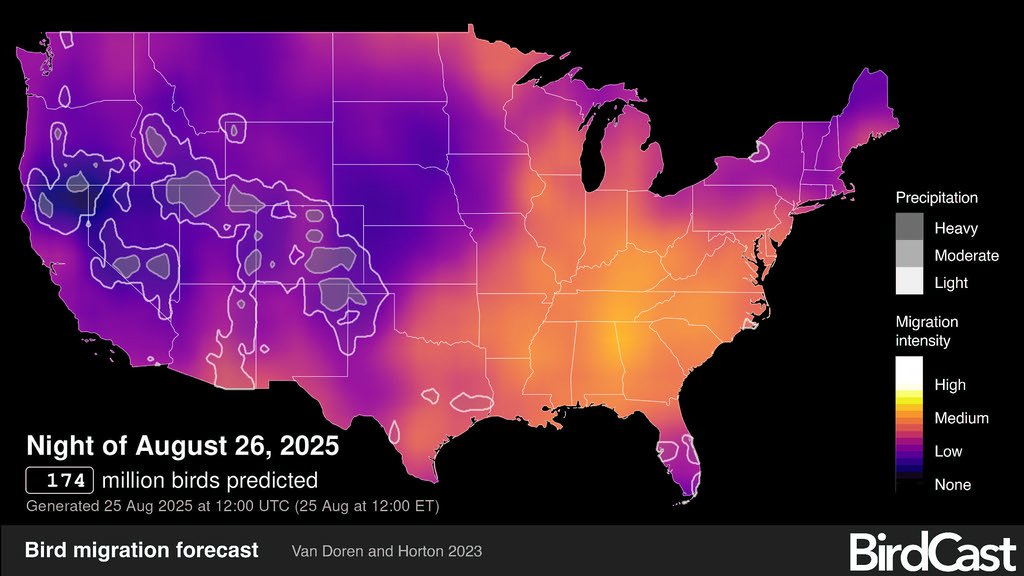
BirdCast is a collaborative project of Colorado State University, the Cornell Lab of Ornithology and the University of Massachusetts that seeks to leverage radar data to quantify bird migration, with machine learning central to its operations. This isn’t some dusty academic project – it’s a living, breathing system that regular people can use.
The system provides real-time analysis maps of intensities of actual nocturnal bird migration, as detected by the US weather surveillance radar network between local sunset to sunrise, with the Cornell Lab of Ornithology currently producing these maps. Think of it as a weather forecast, but for birds instead of rain.
Real-Time Migration Tracking Across the Atlantic Flyway
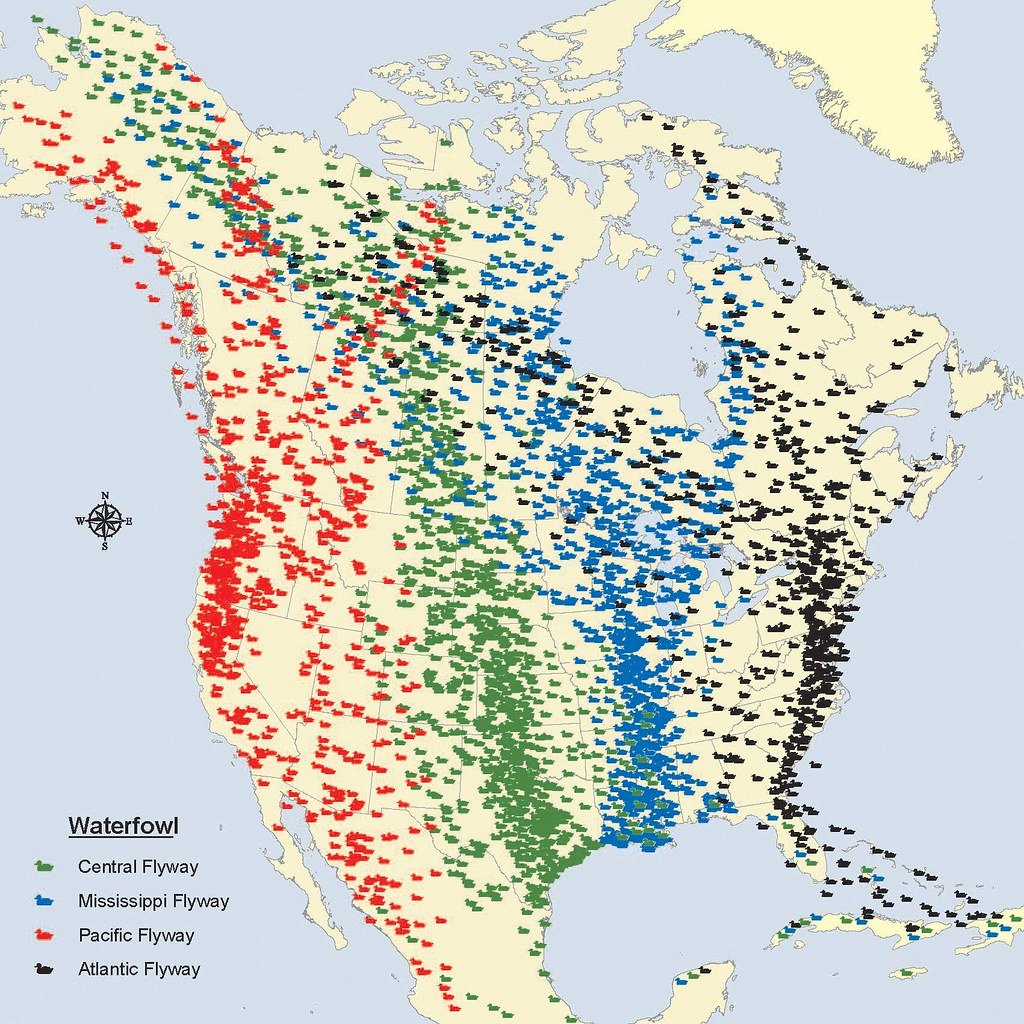
The Atlantic Flyway is one of four major migration corridors in North America, and the Atlantic Flyway Council is composed of seventeen states plus Canadian provinces and U.S. territories stretching from Labrador to the Virgin Islands. Now, thanks to AI, scientists can watch birds move through this entire corridor as it happens.
The BirdCast dashboard provides summaries of radar-based measurements of nocturnal bird migration for the contiguous United States, including estimates for the total number of birds migrating as well as their directions, speeds, and altitudes. It’s like having X-ray vision for the night sky, revealing a hidden world of constant movement most people never knew existed.
Machine Learning Predicts Future Migrations
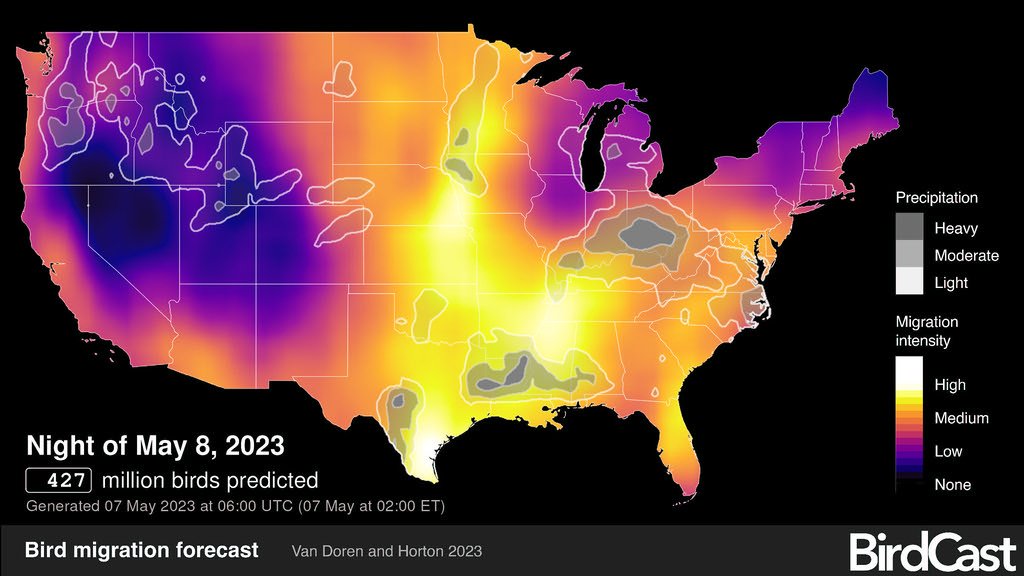
Here’s where things get really exciting – scientists aren’t just tracking what happened, they’re predicting what will happen. By training an algorithm to learn what atmospheric conditions are associated with migration, researchers can use predicted conditions to produce forecasts of migration across the continental U.S.
The forecasting tool uses a combination of radar, machine learning and weather forecasts, because whether birds will travel on a given night depends on the weather – they want warmer temperatures and favorable winds. It’s like having a crystal ball for bird migration, powered by artificial intelligence and decades of accumulated data.
Conservation Applications of AI Bird Tracking

This technology isn’t just cool science – it’s saving lives. Researchers have analyzed around 28 million scans and found that a large proportion of migration happens in a very concentrated time span, with just one night accounting for 10 percent of migration over Houston last spring. This information is crucial for conservation efforts.
These initiatives seek to reduce artificial light from cities, which attracts migrating birds and increases their chances of colliding with human-built structures, and Lights Out campaigns can mobilize people to help protect birds at the flip of a switch. When you know exactly when millions of birds are flying overhead, you can turn off the lights that confuse and kill them.
Revealing Climate Change Impacts
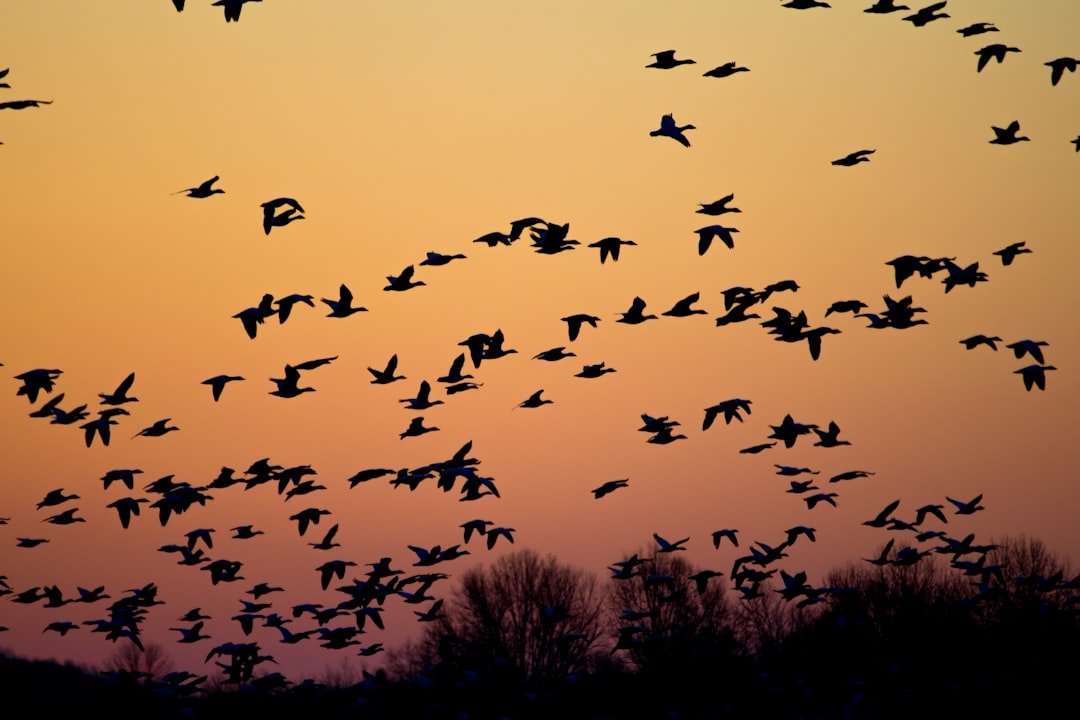
Looking at migration spikes over two decades of available data helps scientists track how bird migration patterns are changing in response to climate change, with the team discovering that as food becomes available earlier in the spring, bird migration dates are shifting earlier. This is heavy stuff – we’re literally watching nature adapt to our changing planet in real time.
The data reveals patterns that would have been impossible to detect without AI analyzing massive datasets. The team made maps showing the most intensive migration areas in the continental United States – a corridor roughly along and just west of the Mississippi River. These insights help conservationists focus their efforts where they’ll have the biggest impact.
Breaking Records and Making History
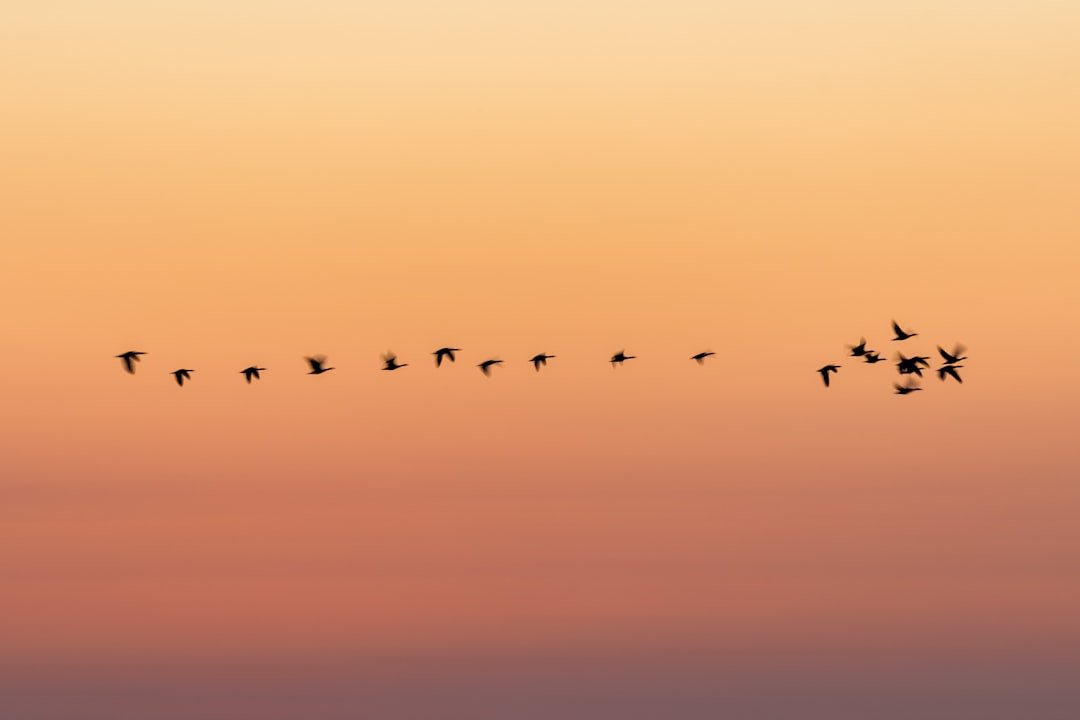
Sometimes the numbers are just staggering. On its live migration map, BirdCast tracked more than 1.2 billion birds streaming south to their wintering grounds after sunset on one record-breaking night – the largest single-night total ever recorded since the collaborative research project began mapping live migrations in 2018. That’s billion with a ‘b’ – can you even imagine that many creatures moving at once?
This record-breaking migration documented by radar technology that was never intended to track birds allows anyone to view forecast maps that predict the number of birds migrating while live migration maps show migration happening in real time. We’re living in an age where you can literally watch a billion birds migrate from your smartphone.
The Future of AI-Powered Bird Research

The technology keeps getting better and more sophisticated. MistNet comes just in time to help scientists better use not only existing weather radar data, but the “explosion” of large new data sets generated by citizen science projects such as eBird, animal tracking devices and earth observation instruments. It’s like all these different data streams are finally talking to each other.
The algorithm can help overcome one of the main challenges in the study of bird migration by automatically and continuously detecting flocks of large birds over wide spatial scales without the need to equip the birds with tracking devices. No more tiny backpacks for birds – just invisible AI watching from the ground as they soar overhead.
Conclusion
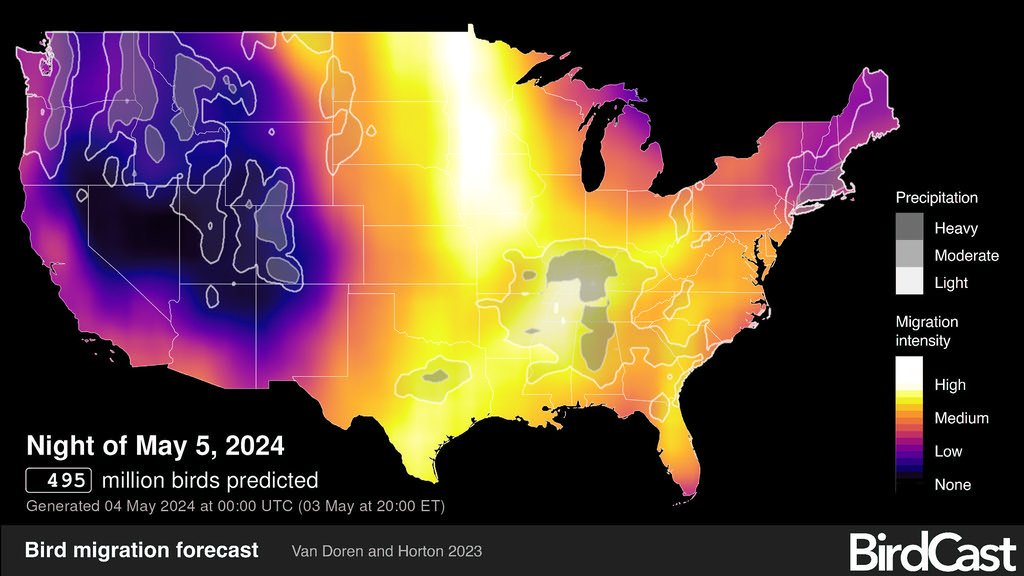
The marriage of artificial intelligence and bird migration research has opened up possibilities that seemed like science fiction just a few years ago. Scientists can now track billions of birds across entire continents, predict their movements days in advance, and help protect them from human-made hazards. The Atlantic Flyway, once a mysterious corridor of nocturnal travelers, has become a well-mapped highway that we can monitor in real time.
What’s perhaps most remarkable is how this technology democratizes bird research. Anyone with internet access can now witness migration patterns that only a handful of researchers could study before. It’s a perfect example of how AI doesn’t just advance science – it brings the wonders of the natural world directly to our fingertips.
Did you expect that weather radars would revolutionize our understanding of bird migration in ways their inventors never imagined?

Jan loves Wildlife and Animals and is one of the founders of Animals Around The Globe. He holds an MSc in Finance & Economics and is a passionate PADI Open Water Diver. His favorite animals are Mountain Gorillas, Tigers, and Great White Sharks. He lived in South Africa, Germany, the USA, Ireland, Italy, China, and Australia. Before AATG, Jan worked for Google, Axel Springer, BMW and others.

